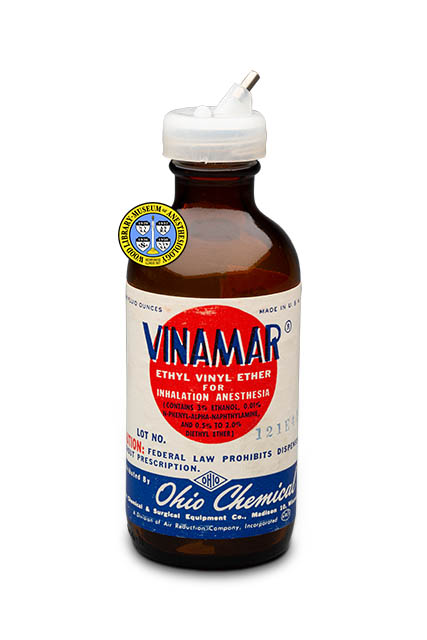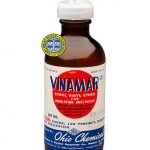Ethyl Vinyl Ether
In 1930, pharmacologists Chauncey D. Leake (1896-1978) and Mei Yü Chen published a study of unsaturated ethers, chiefly divinyl ether, to determine their suitability as anesthetics. As part of their investigation they also considered ethyl vinyl ether. Further studies of ethyl vinyl ether were taken up in the 1940s by American pharmacologist John C. Krantz, Jr., PhD. and his colleagues at the University of Maryland.
Several clinical trials of ethyl vinyl ether were reported. These and other studies determined that the close chemical similarity between ethyl vinyl ether and divinyl ether was largely borne out in their shared advantages and disadvantages as anesthetics. Both had desirable characteristics that made them good analgesic agents, able to provide a light plane of anesthesia for pain relief. But neither agent was well-suited to general anesthesia for invasive surgery. In 1960, Leigh and Belton noted that the availability of superior agents had already "relegated" ethyl vinyl ether and divinyl ether to the role of induction agents for open drop ether.
The Ohio Chemical and Surgical Equipment Company was founded in Cleveland, Ohio around 1910. By 1940 it had been acquired by Airco, and relocated to Madison, Wisconsin. Ohio manufactured ethyl vinyl ether under the brand name Vinamar during the 1950s. The name pays tribute to the work done at the University of Maryland. The same group developed fluoroxene, one of the first fluorinated anesthetics. Fluoroxene is a chemical derivative of ethyl vinyl ether.
Catalog Record: Ethyl vinyl ether Contact [email protected] for catalog record.


